Eat Japan: Tasty Bites & Culinary Delights in Japan's Big Cities
Joshua Marsh samples the gastronomic wonders of Japan's big cities and finds a diverse realm of tasty street snacks and unequalled beefsteaks.
Osaka
Armed with my Japan Rail Pass, I hot foot it by Shinkansen from Tokyo's Narita Airport and hit up the neon-drenched streets of Osaka, in search of culinary fulfilment.
Without its dazzling splashes of light and gaudy shop fronts, Osaka would be a little drab, being as it is the ultimate concrete jungle. But I wasn't here to appraise the architecture. I was here to eat.
Osaka is famed for inventing the takoyaki – fluffy batter balls studded with octopus, green onion, pickled ginger and tempura scraps.
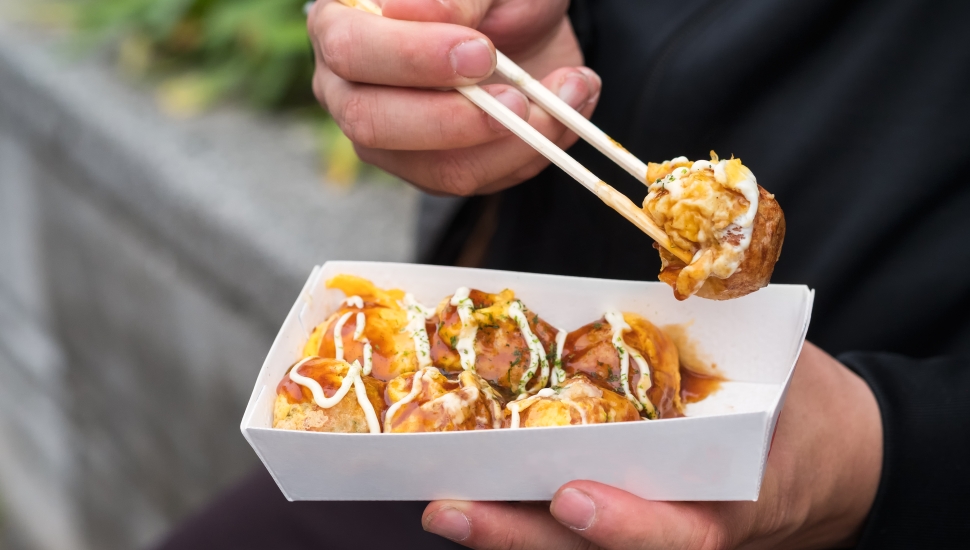
Not far from the famous Tenjinbashisuji shopping street is Umai-ya, one of the best-loved Takoyaki eateries in town. In this buzzing establishment I sat down to some very tasty takoyaki, priced at 500 yen (£3.50) for 8. On them I drizzled a special condiment comparable to Worcestershire sauce, along with mayo. I then sprinkled on green laver (aonori) and dried bonito shavings, which adhered to the rich sauce nicely. I ate them slowly, for they were hot.
I had fasted all day in order to leave room for plenty of takoyaki in Osaka. So after a short walk around the absorbing store fronts of the city centre, I arrived at Tamaya for another round.
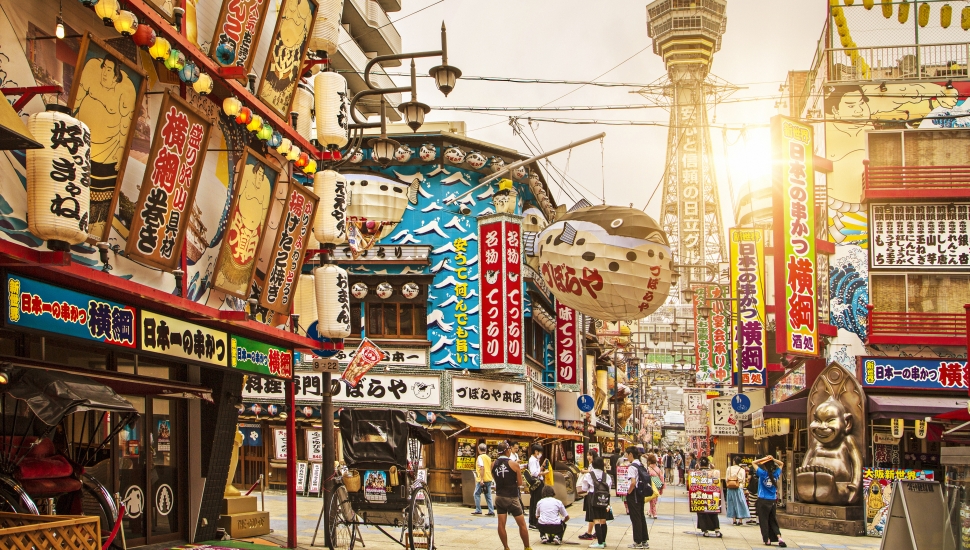
I tried Tamaya's speciality: a rich batter that combined lobster, pork, chicken, vegetables and fruits. Delicious and well worth the 600 yen asking price.
With both my stomach and palette delighted, I ventured out into the kaleidoscopic Osaka night in search of beer and saki, before turning in.
Kyoto
After a thrilling ride on the super-cool Shinkansen (bullet train), I arrived in Kyoto.
Far prettier than its reinforced concrete neighbour just 60km south, Kyoto is infused with tradition. However, pushing against its ancient, creaky tea rooms, its geishas and its lovely cherry blossom trees, is modernity's relentless tide.
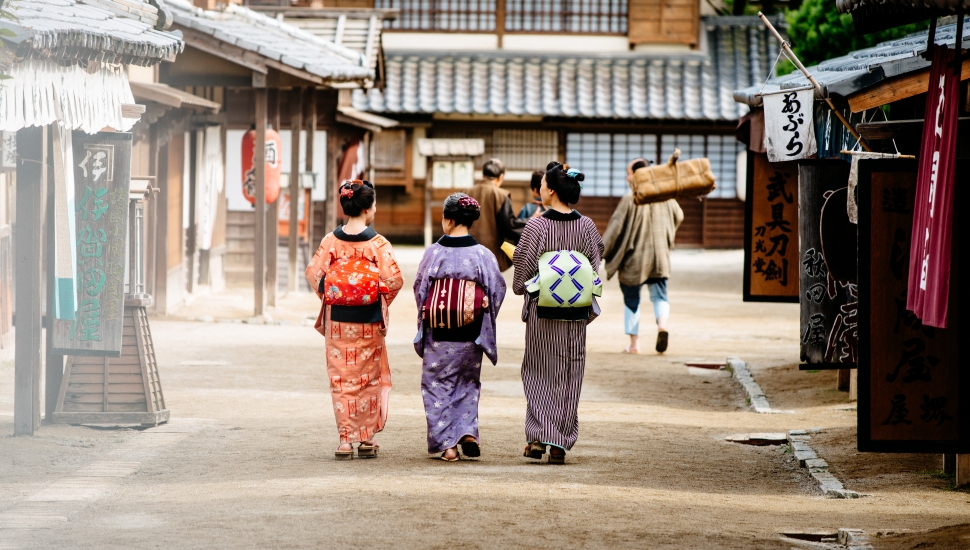
After I checked into my hotel I went in search of some matcha, an imbibe made of finely-ground green tea leaves. I eschewed the more famous tea houses, mainly because they seemed a little too formal for my tastes (for instance, one of the more famous ones, Ichiriki Chaya, is by invite only). Instead I opted for Ran Hotei, a more ‘accessible' establishment run by a Canadian tea master. I declined the traditional tea ceremony and simply relaxed in the cafe's delightful ambience, salivating over thoughts of my next meal.
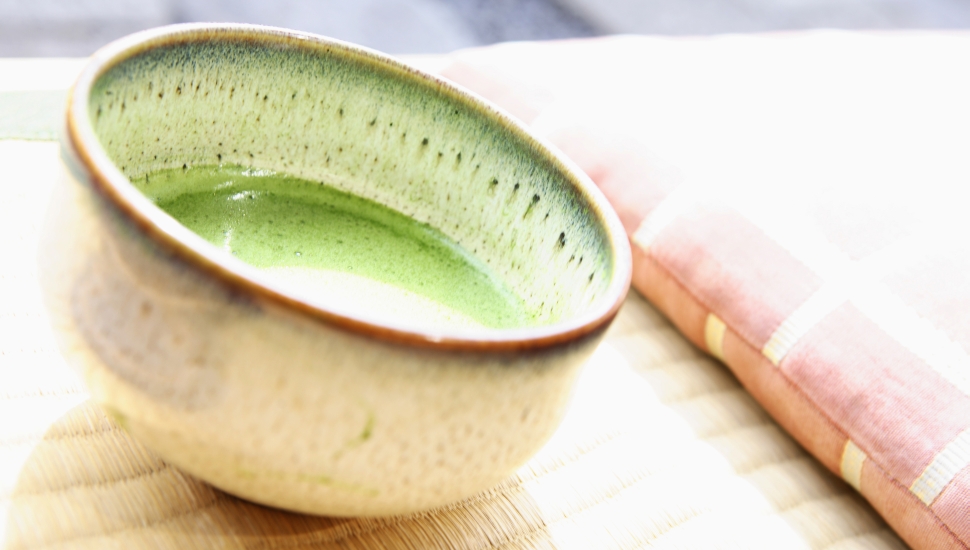
Very little in japan is cheap: the trains, the hotels, or the food. But Premium Pound Sanjo Kiyamach takes expensive to a new level. However, I wouldn't get the opportunity to try a Kobe beef steak again for a very long time.
Knowing how busy and small Premium Pound Sanjo Kiyamach is, I booked ahead before my arrival in Japan. Waited on by staff who were full of smiles, I ordered the premium A5 tenderloin (8500 yen/£60).
I really can't recall eating a more delicious, tender steak than this. I closed with a garlic fried rice, washed down with a cold Asahi. My tummy full, I emerged onto the genteel timber streets of the Japanese capital as dusk fell.
Tokyo
As one of the world's largest cities, Tokyo offers an overwhelming number of dining options. But if this were my first trip here, it might seem strange to focus so much on food. While eating here is a joy, the city itself is a truly dazzling animal, brimming with energy and an obsession with the new.
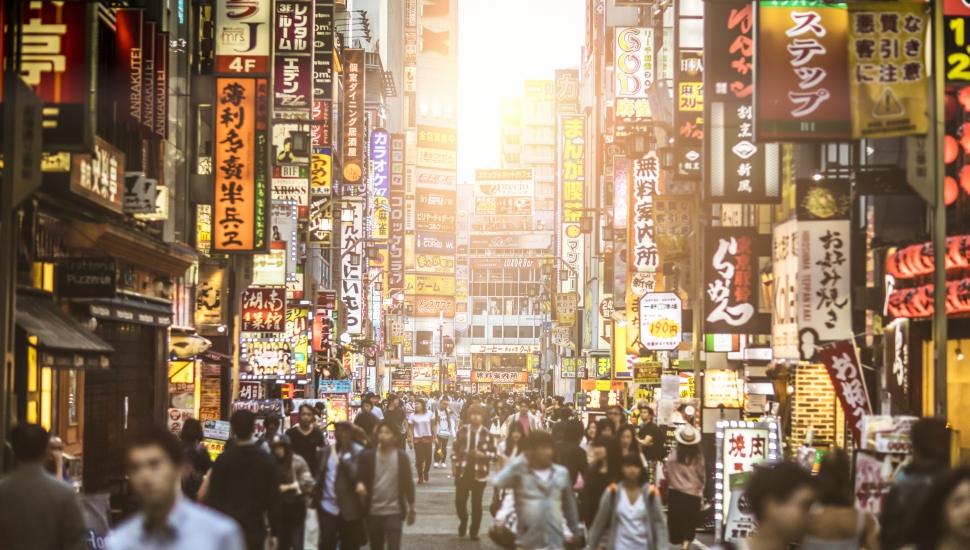
But having got a modest grip on the city's layout and public transport and having visited the key tourist hotspots, I felt I could focus on Tokyo's cuisine with a clean conscience.
Tokyo is perhaps the spiritual home of sushi and, at the very least, must play host to the largest number of sushi restaurants in Japan. After much research, I settled on Sushi Tokami, Ginza. As a district, Ginza probably boasts the largest number of sushi restaurants in the city, so choosing one wasn't easy.
But Sushi Tokami didn't disappoint. Run by Hiroyuki Sato, a Michelin-starred chef, I sample some truly exquisite nigiri. Perhaps unsurprisingly, it was among the finest sushi I've ever had – and I even got to chat with the affable chef afterwards! At around £30 for ten pieces it wasn't cheap – but not much is in this town.
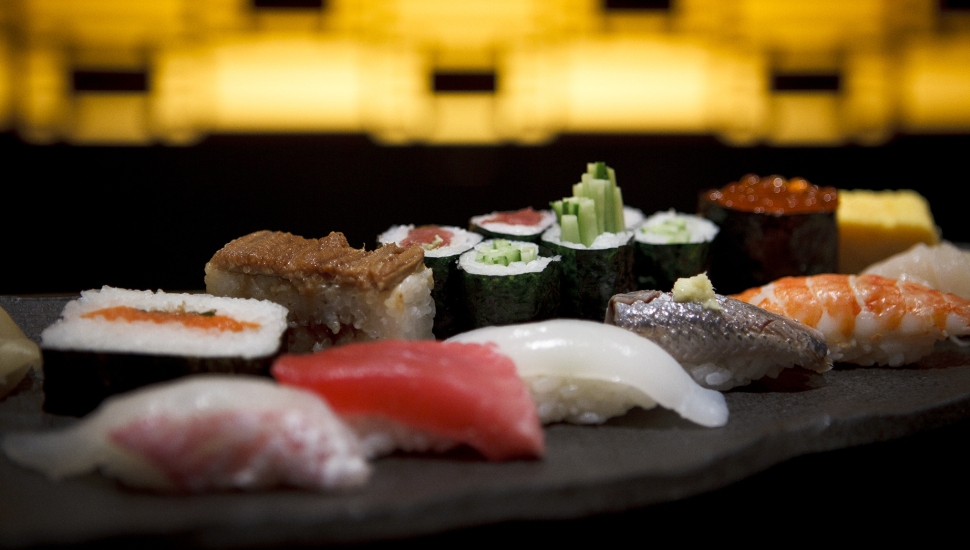
However, intent on a little low-cost socialising, in the I evening headed to Jumanji 55 in Roppongi, one of Tokyo's more affordable districts. The inside of Jumanji 55 is unorthodox to say the least, but you can drink as much as you like for four hours. Here, young Japanese, backpackers and even the occasional businessman rub shoulders and drink to the sounds of a well-curated Western and Asian track list. After paying just £6 for all this, I head out on to the blinking, flashing, neon-world of Roppongi, in search of something to soak up all the Asahi.
In the end, the call of Shinjuku is too loud and I take the Metro north. Most superlatives have found good use when it comes to Shinjuku, but this bright, gaudy, intoxicating district deserves them all.
Before I go in search of the quintessential karaoke experience, I visit Kushiya monogatari, offering a plethora of all-you-can-eat-and-drink choices. I went for the 90 minute option, costing 2500 yen. I sampled the house speciality, kushiage – a variety of skewered meat, vegetables and fish.
Kushiya monogatari was satisfying, cheap and fun – attributes I hoped Shunjuku's bright lights would also possess, as I merged with the thronging, neon-lit crowds.
Get a Quote